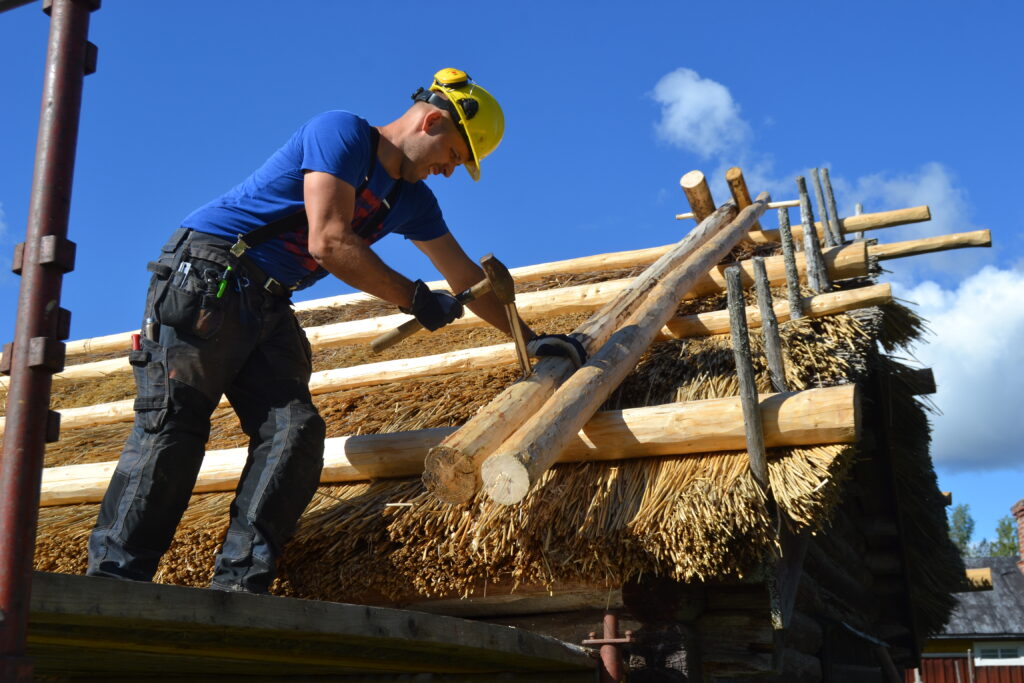The main purpose of the conservation of the buildings at Stundars is to take care of the museal buildings that are indeed a part of the museum’s collections. There are 70 historical buildings in the open-air-building, most of them built in Ostrobothnia during the 19th and early 20th centuries. In the collection there is a bigger farmhouse and several crofts or cottages, artisan’s workshops, barns, sheds, outhouses and some bigger townhouses.
Additionally, in the residential area that surrounds the museum, there are about 100 traditional buildings. All the buildings there, as well as all the museum buildings, are moved from other places in Ostrobothnia to this area, mostly from the 1970’s and onwards.
As part of our building restoration and various projects we have made several videos on the subject, which can be viewed on our YouTube-chanel.

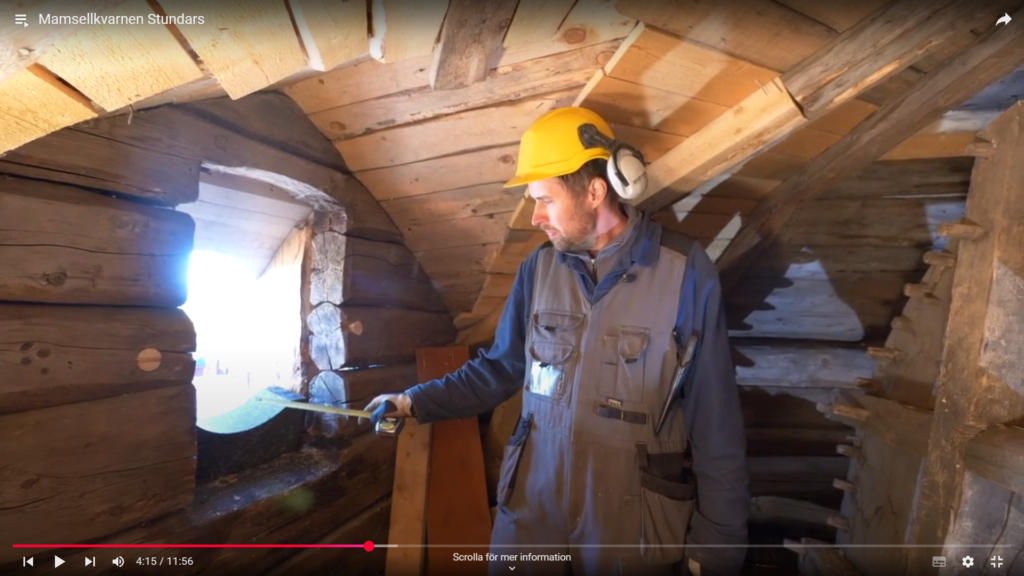


From where can you get information about old Ostrobothnian buildings? Topp
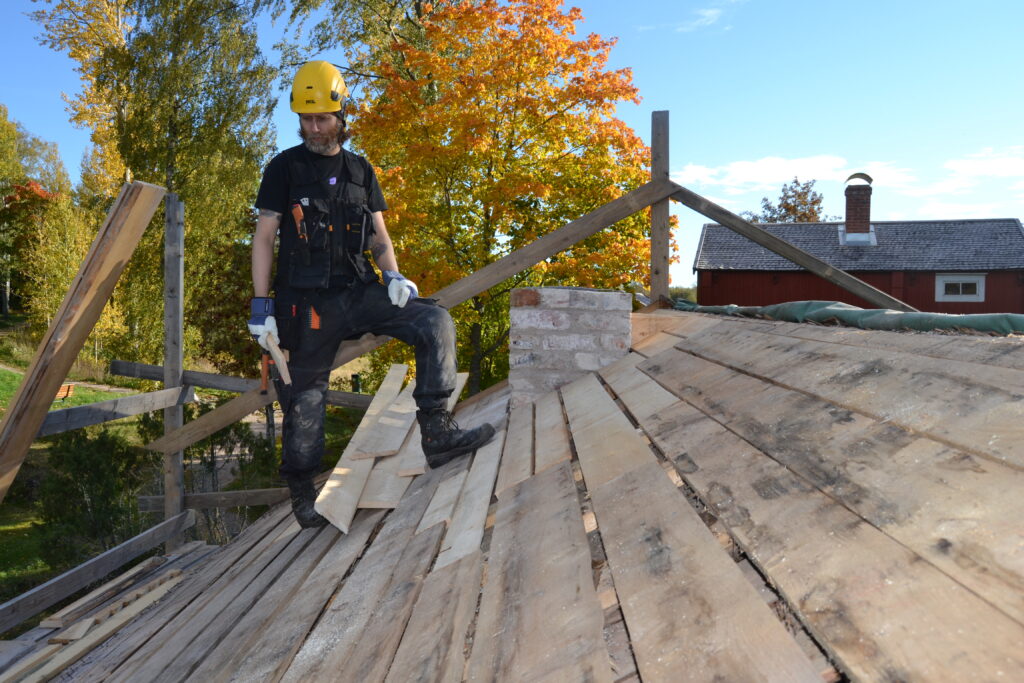


There is alot of information nowadays about old buildings and how to care for them or restore them. There is plenty of new literature on the topic in Swedish and Finnish, but older books about building also have their uses, since they tell how things have been built or fixed in older times. But these are to be read with a critical mind, because building has developed and some of the old ways of doing things have indeed been proven to be wrong.
Good basic knowledge can be found at Museovirasto, the Finnish Heritage Society, and especially on their site www.korjaustaito.fi/ but unfortunately only in Finnish. There are also many associations and architectural heritage building centres that can help you, for example Rakennusperinteen ystävät ry. Stundars’ own YouTube channel also have some good videos on restored old buildings.
The Ostrobothnian Museum has the expertise and authority in things concerning the protection of the cultural environment. They can also give advice on, for example, funding that you can apply for if you mean to restore a traditional Ostrobothnian building.
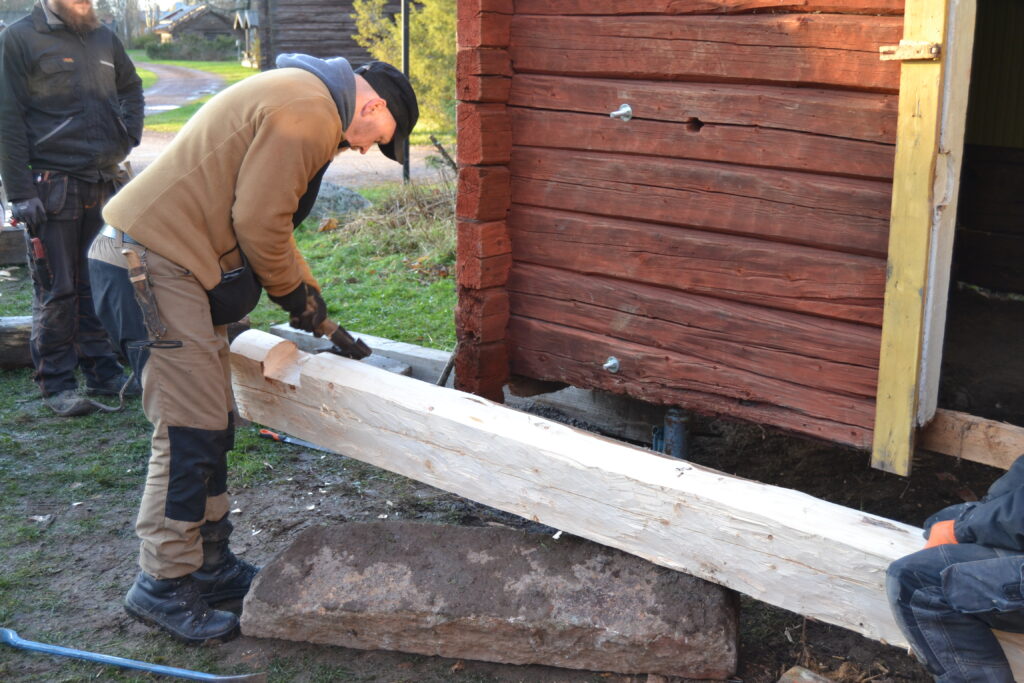

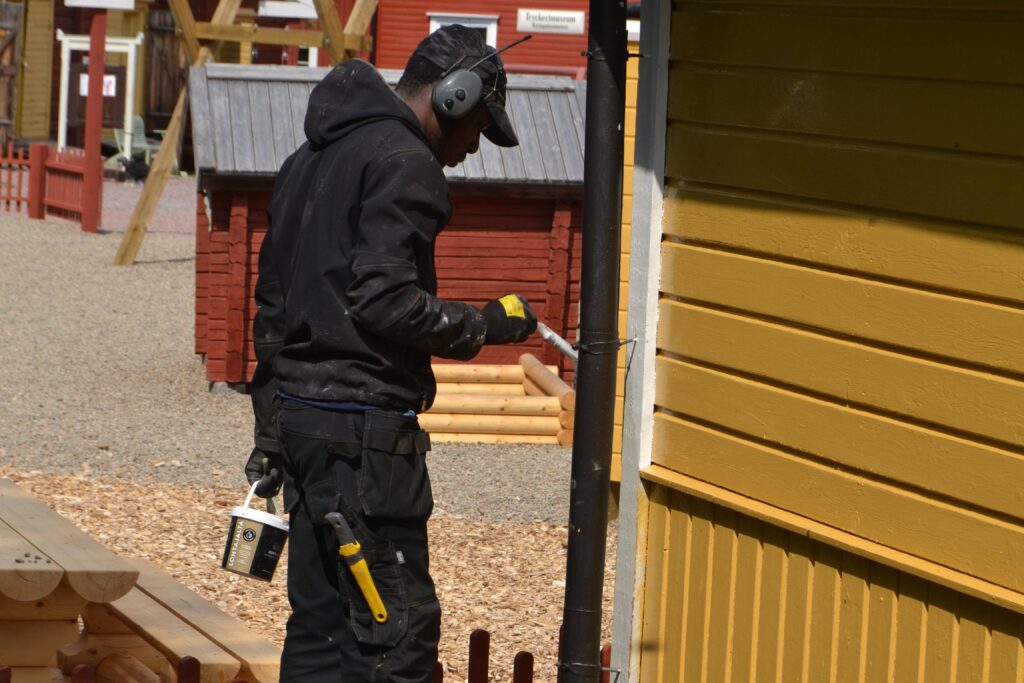
Projects concerning architectural heritage Topp
Through different projects Stundars can share knowledge about how to care for or rebuild old Ostrobothnian houses. Unfortunately our written materials are only in Swedish and Finnish, but please contact us if you have questions concerning the materials. The Ostrobothnian Museum has the advisory position on the topic in the area, so for questions concerning the care and rebuilding of traditional buildings, please contact them.
Built heritage in Ostrobothnia – a project in cooperation with Westrobothnia, 2025-2026. Topp
The project works in close collaboration with Vindelns hembygdsförening in Västerbotten. There will be arranged workshops, seminars and excursions with the theme Ostrobothnian and Westrobothnian built heritage.
A joint inventory of traditional fireplaces and decoratively painted interiors will be presented through an exhibition that will be touring the two regions.
The project aims to satisfy the need of knowledge and skills in traditional crafts and building preservation of today – ways of building and maintaining that are both environmentally friendly and sustainable. The built heritage of both regions contains corner timber houses that are partly unused as the owners might lack interest as well as knowledge about how to preserve or use this kind of buildings. We will provide new insights to owners/custodians of old houses and to artisans working with restauration and maintenance.
Härliga hus i Österbotten – Komeat pohjalaiset talot, 2020-2022 Topp
During 2020-22 four wonderful places, all of them open for visitors, joined together in a development project, and through the project’s website you can find everything from lists of regional businesses related to architectural heritage to good places to spend a vacation day in.
Gamla gårdar och miljöer – en hållbar resurs för Österbotten, Vanhat rakennukset ja ympäristöt – kestävä voimavara Pohjanmaalle, 2018-2019 Topp
On our YouTube-chanel you can watch several videos made in these projects that can be of use if you are interested in the architectural heritage of Ostrobothnia.
